Set on a 28-hectare family estate, the historic Château Bela has a long and varied history. The 18th-century Château was reclaimed and carefully revived by the late Countess Ilona von Krockow in the early 2000s and became a place of peace and relaxation, a place where you can lose yourself in time.
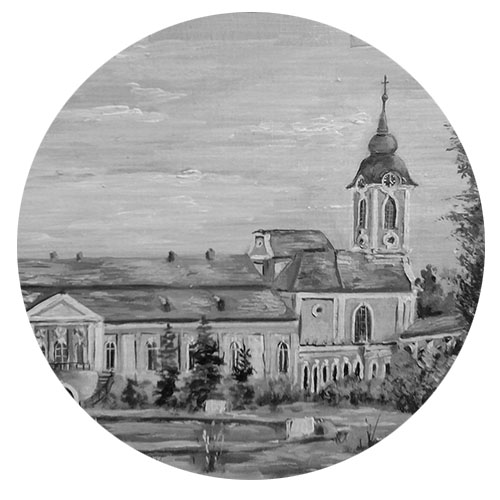
Formation of the Château
The reconstruction of Château Bela was started by János Terstyánsky, who was a local nobleman. The castle acquired its current form under the supervision of architect Jakab Mayer. First, they built a chapel, which was completed in 1780. At that time, Château Bela was bought by a local merchant, Pál Szerdahelyi. The Château's chapel was consecrated in the same year. It still functions as a local church where weddings take place. The castle was built in the French Baroque style and was completed in 1874.
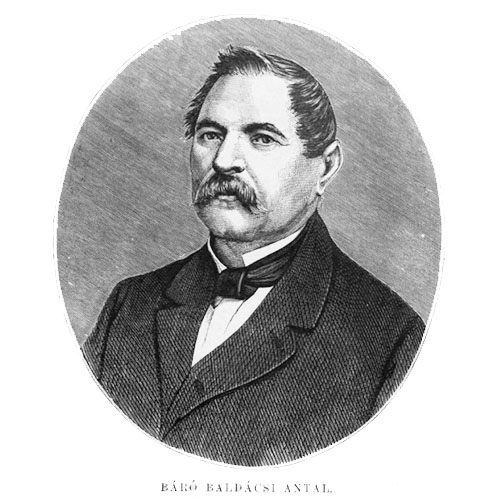
Enlargement of the estate
In 1834, Mr. Antal Baldacci from Corsica bought Château Bela and invested heavily in the estate by adding fortifications, a moat, a drawbridge, and a castle park. He employed well-known painters and had furniture made from mahogany, cedar, and ebony. He was also an admirer of the Far East and had rare works of art brought to him from China and Japan. In 1864, a crypt for the Baldacci family was built under the Château's chapel.
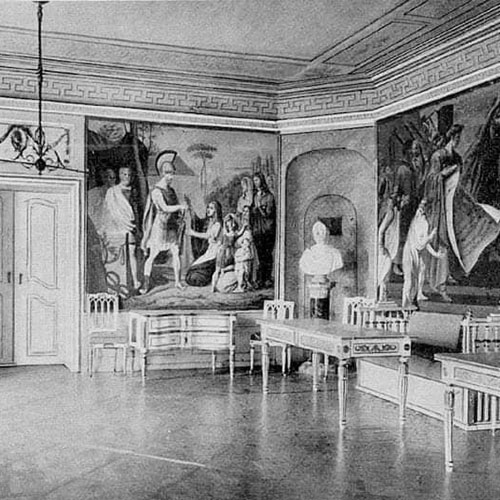
Change of owners
In 1880, the entire property was in the hands of a banker from the Baldacci family, who sold the castle with all its contents to Mr. Zigmund Brodi. The new owner became popular, especially after building the first school in the village.
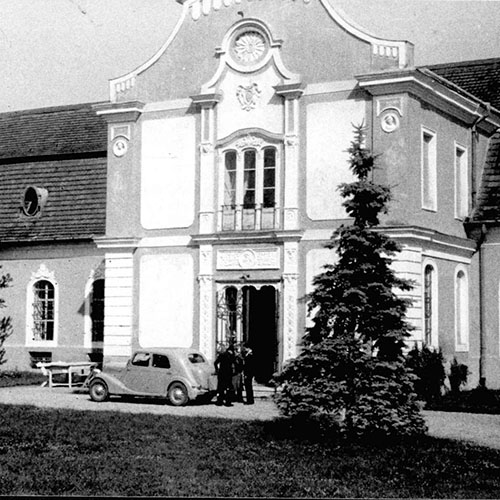
In 1910 Adolf von Ullmann, a nobleman from Budapest, bought the castle and in 1925 the castle was inherited by the baron, Mr. George Ullmann, the son of Adolf Ullmann, who later emigrated with his family to Switzerland in 1945.
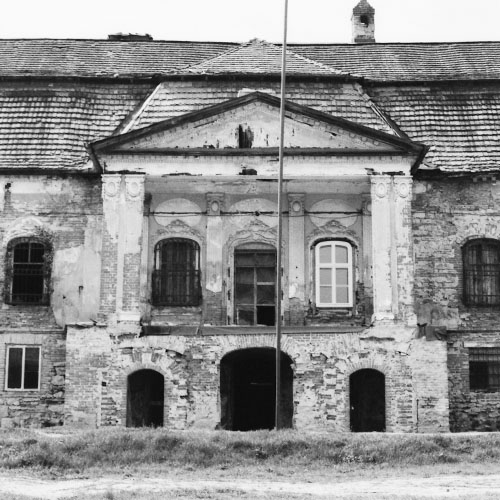
The sad fate of the Château
In 1945, the government of socialist Czechoslovakia took over the Château and turned it into a prison for political prisoners. Later, it was also used as a factory for chemical production. Although the Château has seen a lot in the last 250 years, it has never been in such a bad state as during the communist era, when all the original features were destroyed, the walls were whitewashed and all the furniture was burned.

In 1990, the Château became part of the National Trust.
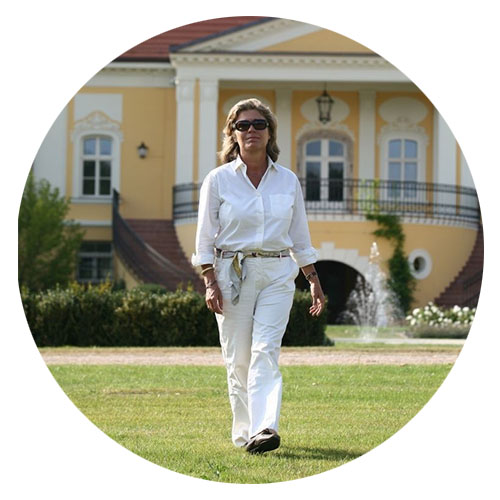
Rebirth of the Château under the hands of Countess Ilona von Krockow
Countess Ilona von Krockow, the granddaughter of George Ullmann, bought the Château from the state in 2000. The countess lovingly renovated the vast property, with a sensitive approach to the past, and added a distinctive style. This resulted in a sophisticated hotel that was opened in 2008.
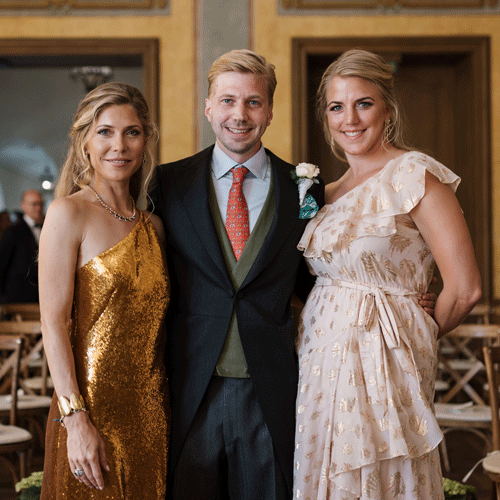
After the sudden death of Ilona von Krockow, her children decided to continue her vision and legacy. Her three children become the owners of the Château, supported by their father, and a team of dedicated employees.







